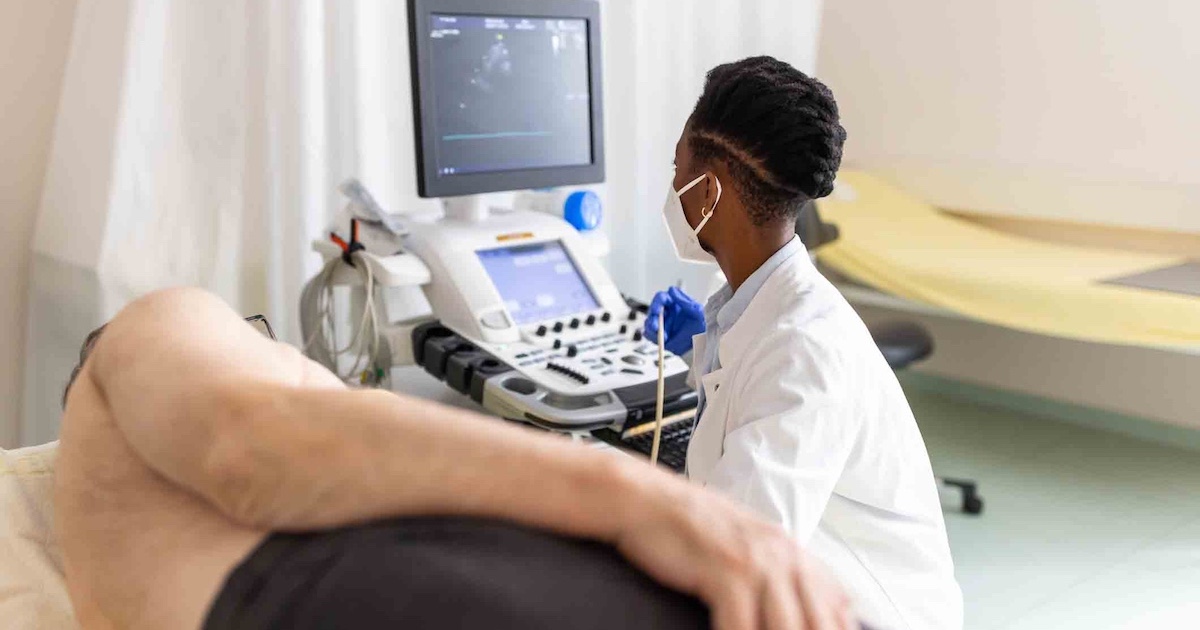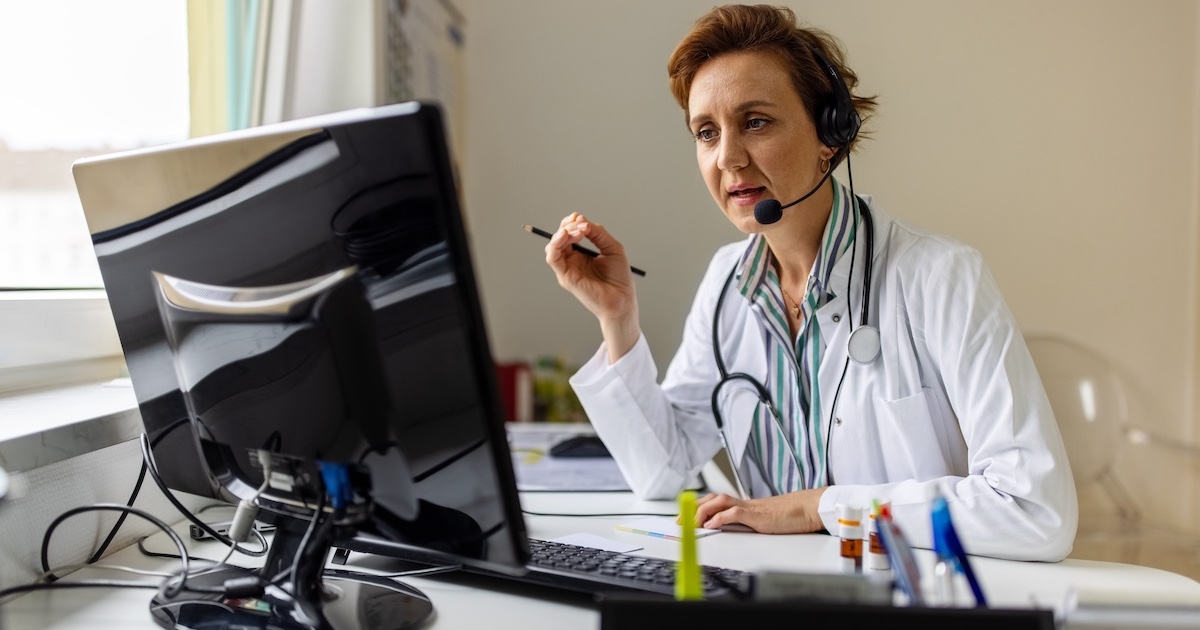From the mHealthNews archive
So the smartphone is becoming the foundation for the rise of mHealth, right? Well, to a considerable extent that may be true. But as new applications are deployed, sometimes the direction changes.
A few years ago, Kent Dicks launched a company called MedApps, with a goal of monitoring patients with chronic diseases remotely and sending the data to providers and case managers via smartphone apps.
“But we quickly realized that the demographics didn’t necessarily match up,” he said. That is, elderly patients who consume much of the treatment services (due to chronic diseases such as diabetes and chronic heart failure) are not the people who are also trading in their cellphones – if they even have them – for smartphones.
On Tuesday, December 10, from 11 a.m. to noon at the HIMSS Media mHealth Summit in Arlington, Va., Dicks will describe his company's evolution to a more purposeful mHealth platform as part of the "Why Mobile Matters" symposium.
The company's product, HealthPal, helped MedApps attract the attention of Alere, where Dicks is now CEO. HealthPal is a wireless device whose sole function is to talk to all chronic disease biometric monitors and send the resulting data to the cloud for access by providers and case managers. The current focus is on using HealthPal to reduce hospital readmissions.
Dicks said trials at institutions like the Cleveland Clinic and Partners Healthcare in Boston have resulted in reductions ranging from 47 percent to 70 percent.
[Learn More: Why Mobile Matters]
As Dicks sees it, the key to mHealth in the future is simplicity.
“The goal is to connect to the patient in the most efficient manner and get the data to where it needs to be,” he said. “It doesn’t have to be through a sexy smartphone.”
In fact, as mHealth spreads, Dicks sees the technology becoming more disposable. For example, upon discharge from the hospital, a patient could be issued a disposable patch, the operating system for which comes from the cloud. The patch would serve its monitoring purpose for the prescribed period and send the data back to the cloud, and at the end of that period the patient would throw it away.
One more key piece to the mHealth puzzle, Dicks said, will come when payers are willing to reimburse providers for treating patients – remotely, if possible – in their homes.
“We’ve been dragging the sickest of the sick into the hospital to be seen,” he noted. “But why drag patients in when they can be kept at home and monitored remotely. There’s less wear and tear on them, and less susceptibility to infections.”
For more information on this and other sessions, vist mHealthSummit.org.



